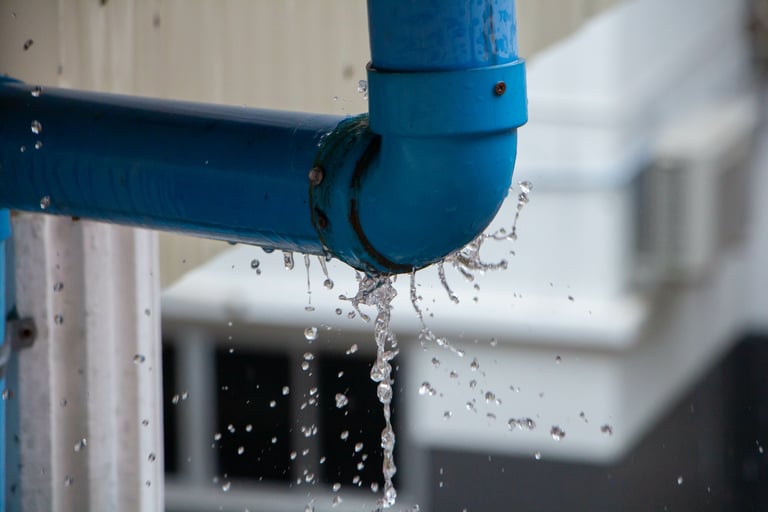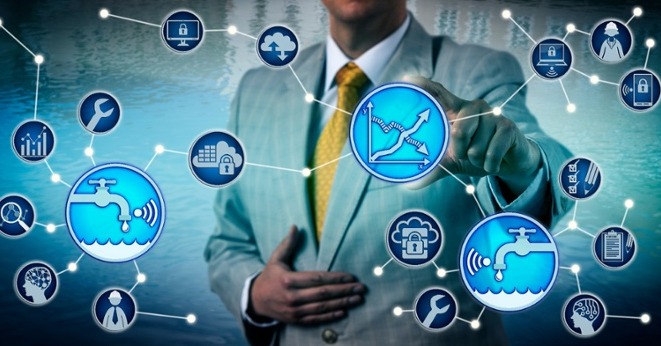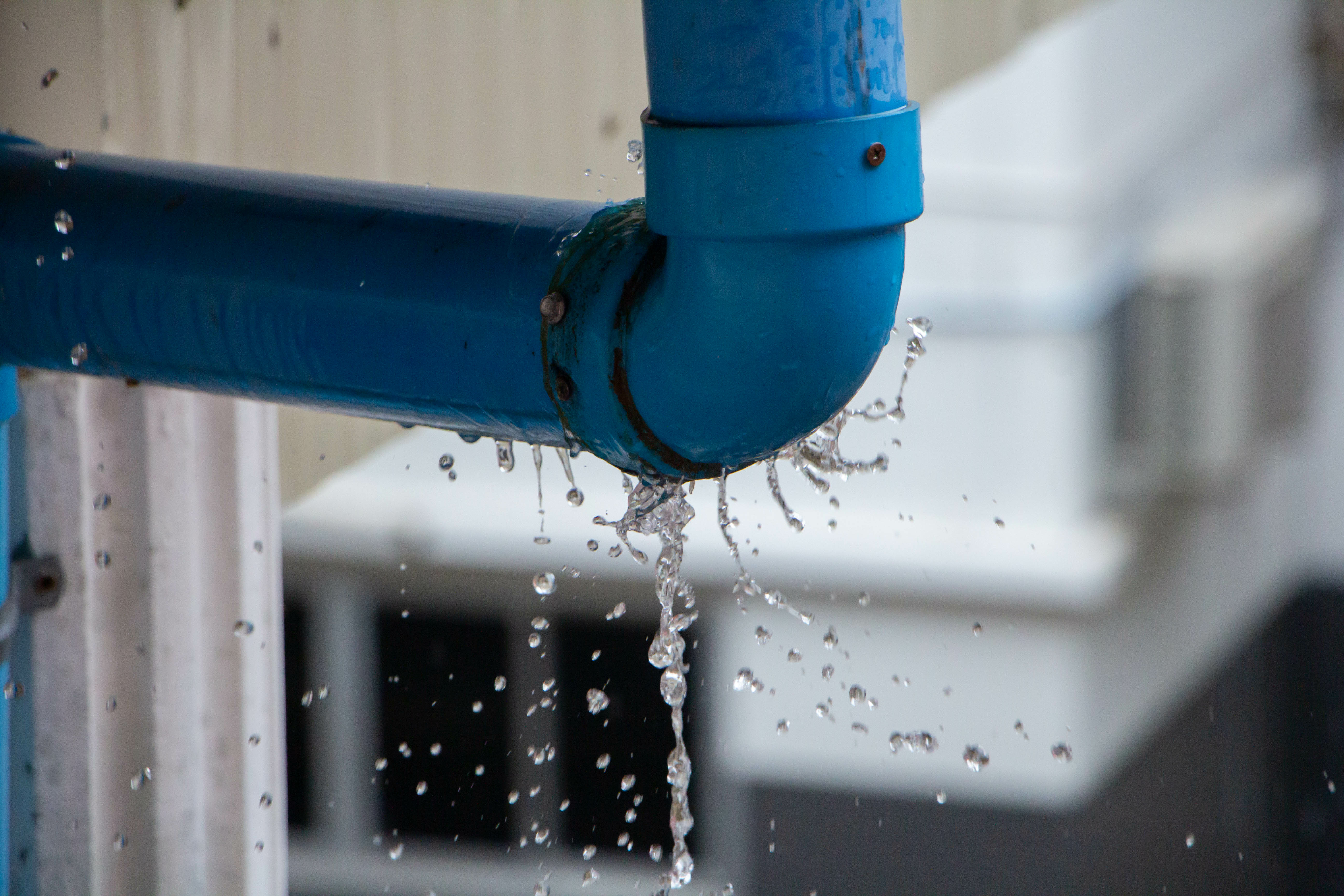 Providing clean and safe drinking water day in, day out isn’t as easy as it sounds. To get the tap water you really want – clean, safe, and drinkable – there’s an entire chain of drinking water and wastewater treatment processes behind. And that has its price. Complex plants and pipe networks need to be built, operated, and maintained to provide a reliable municipal water supply. And the high investment, operational, and lifecycle costs are the reason why every drop is valuable. Treated water that is lost within the system and can’t be billed – non-revenue water (NRW) – is therefore an economical issue for water utilities and has to be minimized as fast as possible. The clock is ticking. And not just because of the financial loss but also because of potential ecological and humanitarian reasons.
Providing clean and safe drinking water day in, day out isn’t as easy as it sounds. To get the tap water you really want – clean, safe, and drinkable – there’s an entire chain of drinking water and wastewater treatment processes behind. And that has its price. Complex plants and pipe networks need to be built, operated, and maintained to provide a reliable municipal water supply. And the high investment, operational, and lifecycle costs are the reason why every drop is valuable. Treated water that is lost within the system and can’t be billed – non-revenue water (NRW) – is therefore an economical issue for water utilities and has to be minimized as fast as possible. The clock is ticking. And not just because of the financial loss but also because of potential ecological and humanitarian reasons.
Clean water is not a given
In developing countries, you know what it’s like not having any or enough running water or to get water that smells and tastes bad and causes health problems. In developed countries, you just open the tab, and the water is there. Clean, safe, and as much as you need. But sufficient rain, groundwater, rivers, and lakes are not enough to make this happen. It takes more for clean and safe water on a constant quality level for millions of people: State-of-the-art drinking water and wastewater treatment has to purify the water from dirt particles, contaminants, microorganisms etc. A growing water pollution due to overfertilization, chemicals from industrial and agricultural processes, contaminated extinguishing water, medications that are flushed down the toilette, and much more are serious risks for the water quality and safety.
Expensive technologies and plants are used to produce water that can be used without a second thought. And complex pipe networks distribute this water to every household in the area. But whether it’s the plants or the pipes, they don’t run, check, and fix themselves. At least not yet. Experts and technicians are needed for daily operations, monitoring, and maintenance. All of this affords money from building the plants to operating, maintaining, and modernizing them. And that’s what makes water a commodity that you don’t want to vanish into thin air. Just like beverage producers wouldn’t want some of their unpaid bottled water going missing from their delivery trucks for unknown reasons and never to be seen again.
What is meant by non-revenue water?
Non-revenue water (NRW) is water that got treated and pumped into the water distribution system but that either doesn't even make it to consumers’ taps and/or nobody can be charged for. Even if it’s not a big amount that goes missing at once, drop by drop day after day the water loss will add up to a significant loss. According to Interreg CENTRAL EUROPE the loss of distributed water can range up to 70% in urban areas – and the percentage of all lost distributed water globally is estimated at 25 to 50%. A study from International Water Association (IWA) estimates the global volume of NRW at 126 billion m3/year with 346 million m3/day.
That’s a lot of water that doesn’t generate revenue for the water utility but did cost money to being produced. The water loss also leads to higher energy and treatment costs because utilities need to clean, treat, and pump more water into the system to meet the consumers’ need. And besides being an economical problem, non-revenue water is also a waste of a valuable resource. With increasing temperatures, extended periods of drought, and diminishing water levels of reservoirs due to climate change, non-revenue water becomes a serious challenge for all – from utilities and consumers to agriculture, almost all industries as well as cities, municipalities, and communities.
So, what causes non-revenue water?
There are many reasons for non-revenue water (NRW) to occur. And some of them are good reasons like authorized but not billed water withdrawals for firefighting, public drinking fountains, public institutions, or operational purposes like flushing the distribution network to clean and maintain the pipes. On the one hand there are many causes that are paramount to be minimized like real, physical water losses due to leaks or breaks within the distribution network or at service connections: They can cause great financial losses as well as expensive and dangerous damages if not being detected in time. More about the risks of water leaks and how to minimize them, you’ll find in our blog on water leaks.
There are also apparent water losses, for example, due to broken or inaccurate meters. Especially moving parts are prone to aging and wear and tear that lead to inaccuracy. But also, poor manual meter readings where the meter is read incorrectly, or the manual data transmission is incorrect, or the record goes missing can result in not billing some of the consumed water. And then there is meter manipulation and water theft aka unauthorized water consumption that can cause water loss. An aspect to keep an eye on particularly in times where water gets temporarily or permanently scarcer – and as a result of this more expensive – in many places around the world.
How can you reduce non-revenue water?
While authorized but not billable water withdrawals like mentioned above remain, smart water meters offer great potential to tackle all other causes for NRW. And that’s why and how:
- Leakage detection
Upstream leakage sensors integrated in smart water meters can reduce real, physical water loss: They help detect and locate leaks within the pipe network that would otherwise go unnoticed. Smart meters work 24/7, transmit and provide data every day instead once a year during a manual reading, and inform you thanks to their integrated leakage sensor if the water balance doesn’t add up immediately. - Contact- and wear-free meter technology
Using ultrasonic meters is a smart choice to ensure highest long-time measurement accuracy. Ultrasonic meters work with highest precision over their entire lifetime and without moving parts that could be prone to aging and wear and tear. And this contributes to reducing the share of unmetered and not invoiced water consumption. - Reliable automated meter readings
With smart water meters, misreading become a problem of the past: A digital on-site reading via the meter’s NFC (near-field communication) interface leaves no space for a false reading or typing error. And that’s also true for a drive-by or remote reading using an integrated LoRa™, wM-Bus/OMS, or NB-IoT communication interface. - Fraud/theft detection
Smart meters with integrated manipulation and theft detection transmit tamper alerts via their communication interfaces to the utility. This helps identify fraud attempts and stop further unauthorized water withdrawals that can’t be invoiced as soon as possible.









